The Swimsuit Series, Part 6: Ladies in Wading in Art
A look at how artists spent their summer vacations—at the beach
![]()
As Labor Day approaches and summer sadly draws to a close, Threaded’s Swimsuit Series nears its end. But before we pack up our beach towels and boogie boards, let’s take a dip (I know, I know!) into the Smithsonian’s assorted collections.
Ads, old photos, and even swimsuit competitions can trace the history of bathing suits. But so can depictions of bathing suits in art. In fact, as I mentioned in the first Swimsuit Series post, it was a mosaic found in a cave that first showed women donning bathing suit-like garments in the fourth century A.D.
From the Smithsonian’s vast offerings, we can learn about bathing suit styles and trends by the way they’ve been represented in paintings, drawings, prints, etchings and sculptures. And, in the process, the lives these artists’ led. In the sixth part of this series (links to the other posts can be found below), we’re showcasing works of ladies in wading.
This wood engraving on paper depicts the supine wife of Howard Cook, who is likely wearing a wool swimsuit along with her bathing cap. The Smithsonian provides a biography of Cook, including how he made the move to New York from New Mexico after he received a whopping $500 scholarship to attend the Art Students League. In its collection, the Smithsonian also held onto a letter from Howard and his wife, artist Barbara Latham, to their friends, the painters John Taylor and Andrée Ruellan, dated 1976, a casual, handwritten note that offers a peek into his everyday life.
Does the red sweatband on this carved wood figure indicate that this suited, curvacious gal was, in fact, representing the ’70s? In contrast to Farrah Fawcett and her red suit, the modest bathing suit style and matching beach shoes suggest otherwise.
The painter behind this watercolor portrait of yet another red-suited woman, William Johnson had a long career that ended sadly, but it could have been worse. In fact, there’s a chance that we may never have seen his work at all. Luckily, it was salvaged by friends and acquired by the Smithsonian:
Johnson spent his last twenty-three years in a state hospital on Long Island. By the time of his death in 1970, he had slipped into obscurity. After his death, his entire life’s work was almost disposed of to save storage fees, but it was rescued by friends at the last moment. Over a thousand paintings by Johnson are now part of the collection of the Smithsonian Institution’s American Art Museum.
This John Wesley in not the 18th century Church of England cleric and founder of the Methodist church that Google may want you to believe. Instead, he’s a Pop painter with surrealist leanings, which, from this undated serigraph of a sleeping/floating/dreaming bikini-clad, heel-wearing figure levitating over a series of rhinos, rings true.
This lithograph, bosomy broads and all, reminds me of family vacations to Rehoboth Beach, Delaware. Sitting on a shmatte, as my grandmother referred to our old-comforter-turned-beach-blanket, or shirking the sun under the umbrella, every summer of my childhood, my grandparents, parents, aunts, uncles and cousins would gather together on the sand, amidst the smells of french fries, suntan lotion and the ocean, all the while immersed in our own worlds. Sand shovels, straw hats, a cooler of sandwiches, and beach reading included.
As distressingly mysterious as this painting is (especially with Hurricane Isaac and the seventh anniversary of Katrina on our minds) so too is the story of Ellis Ruley’s life, as recounted in a 1996 New York Times article:
So for the most part, Mr. Ruley’s work went unnoticed during his lifetime. If he sold a painting, it was for $15. Mysteries mounted, however, when he died in 1959. He was found outside, a victim of exposure but with a gash on his head that led his family to wonder if he had been murdered. Shortly after his death, the farmhouse burned to the ground; even before that the paintings had scattered.
What a treat it would be to walk into a gallery and see all of these works exhibited in the same place, red bathing suits and all. That just may be a project I’ll need to dive into.
For more of Threaded’s Swimsuit Series, have a look at parts 1, 2, 3, 4, and 5.
/https://tf-cmsv2-smithsonianmag-media.s3.amazonaws.com/accounts/headshot/emily-spivack-240.jpg)
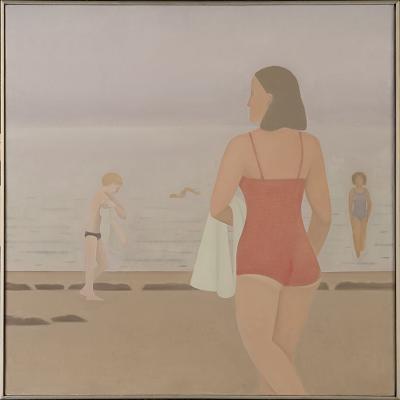
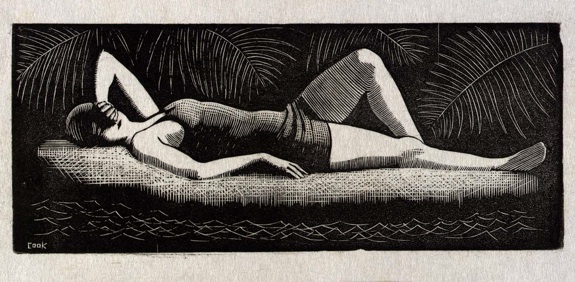
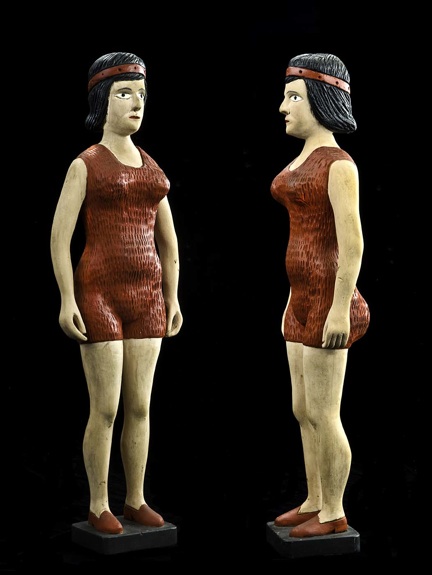
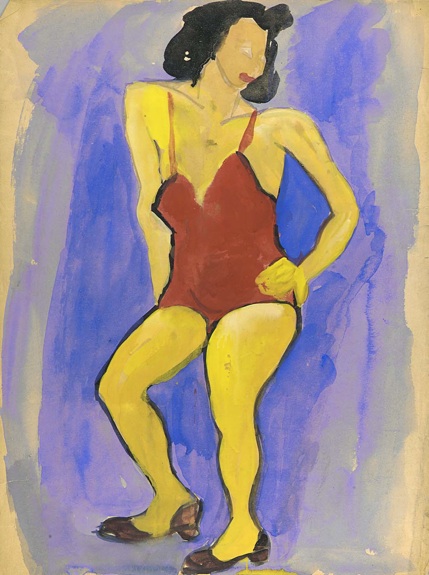
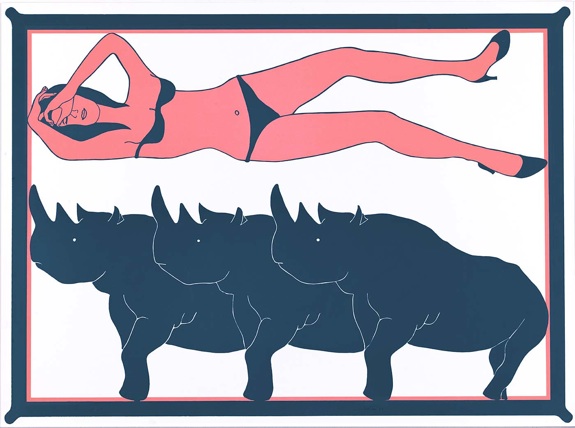
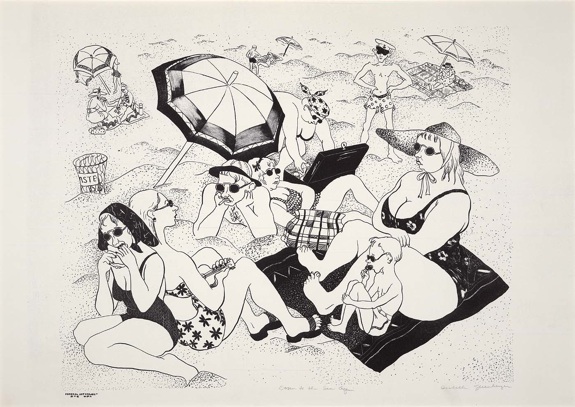
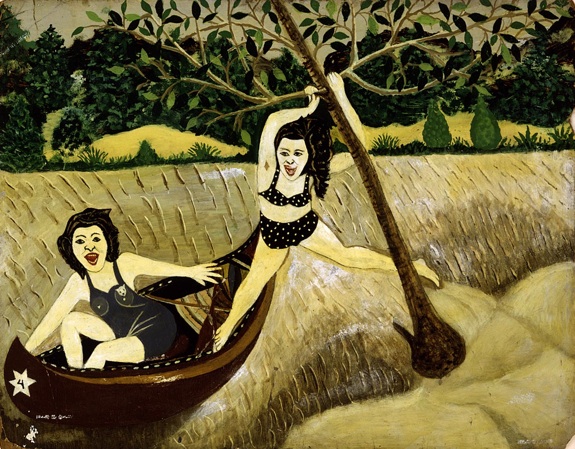
/https://tf-cmsv2-smithsonianmag-media.s3.amazonaws.com/accounts/headshot/emily-spivack-240.jpg)